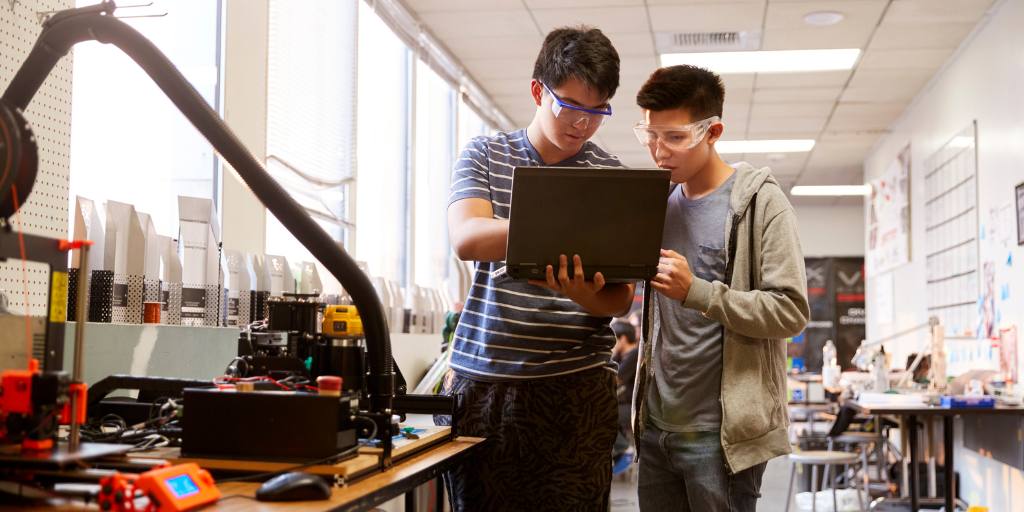
Screen time often gets a bad rap in parenting circles. While it’s true that too much screen time can lead to a host of negative impacts on children, there are also several benefits of screen time. When done well, it can support things like education, family bonding, and social connection. Plus, not all screen time is created equal — it’s not just quantity that matters, but quality.
But I get it, the parental worry (and guilt!) over screen time runs deep. That’s why it’s time to shift our perspective on screen time from an inherently harmful activity to a tool that, when employed thoughtfully, can offer significant benefits.
If you’re still skeptical that screen time can be anything but bad, here are some of the ways it can benefit your child:
It’s important to remember that not all screen time should be lumped into one bucket. Quality versus quantity matters. Here are some thoughts to help you differentiate beneficial screen time activities from those that are less so.
Active screen time involves cognitive thought or physical engagement, like playing a video game, learning a new skill, or creating something. Compared to passive screen time, such as watching TikTok or scrolling social media, active screen time has proven mental and physical benefits.
While it’s okay to let your kids do some mindless scrolling, it’s a good idea to set limits around it. For example, you might allow your teen to scroll social media apps for just 30 minutes a day.
On the other hand, it’s okay to be more lenient with activities such as science videos or enriching destinations like PBS Kids, Khan Academy, and Nat Geo Kids. If your child wants to spend more time on these platforms, consider extending their active screen time a bit longer.
Access to devices is a privilege, one that can be earned through good behavior and meeting family expectations. Explain to your child that, like all privileges, screen time also comes with responsibility.
This includes using social media responsibly and acting online the way you’d expect them to act in real life. A parental monitoring app like BrightCanary can be a useful tool as you guide them through this process — it shows you what they see and do online, on social media, and in text messages, so you can step in if you see anything concerning.
Pro tip: Start with a more hands-on approach and then give them more independence as they get older.
Even the most beneficial screen time can be overdone. Moderation is essential, ensuring it doesn’t replace real-life interactions and activities. To help your kids find balance, set healthy screen time boundaries.
We always recommend:
And remember: our kids are watching and they learn from our behavior, whether they’ll admit it or not. That’s why it’s paramount to not just tell kids how to have healthy screen time habits — parents must also model a balanced approach to their own device use.
While there are negative impacts of too much screen time on kids, when used wisely, it can have positive effects, both mentally and physically. Parents should encourage active versus passive screen time, steer kids toward enriching online activities, and create balance by setting tech boundaries.